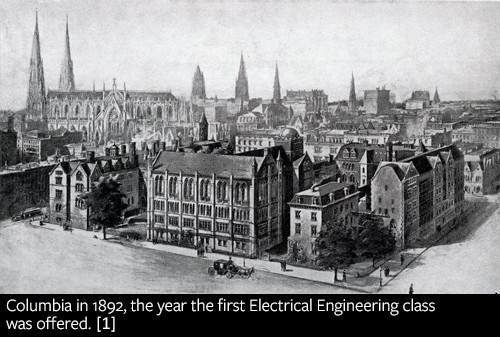
Our Department in the Context of a Great University and a Great City
Columbia University was founded in 1754 as King’s College, and was initially located in lower Manhattan. It is one of the oldest universities in the United States, and at the same time one of the best. There have been 84 Nobel laureates among its alumni, faculty, adjunct faculty, researchers, and administrators, mostly in the Sciences, with several in the School of Engineering and Applied Science. Our department has traditionally operated in the context of the Sciences, emphasizing interdisciplinary education and research. Some of the Columbia alumni and faculty mentioned on this site were associated with the School of Mines, where Electrical Engineering was taught before the creation of the Electrical Engineering Department; others are associated with the Physics department, but had an impact in our field.
Of all major places that served as hubs for early electrical engineering work, particularly in radio communications, none compares to New York City. Columbia was an integral part of this effort, as is evident in several parts of its history, summarized here [2-5].
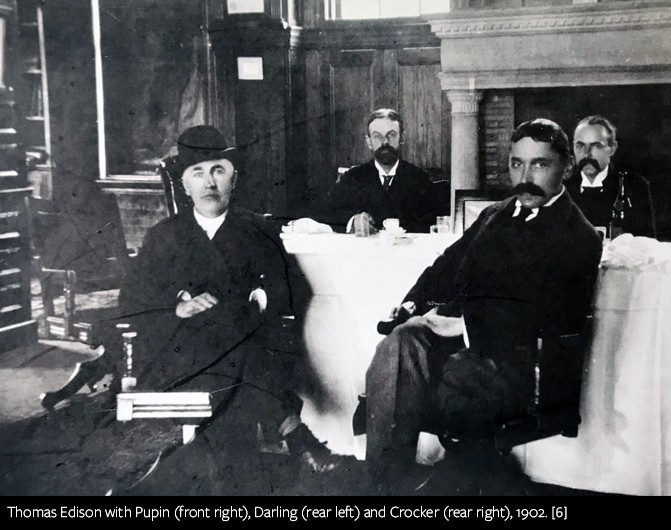
In the Beginning
In 1882 Thomas Edison wrote a letter to Columbia’s president, suggesting the university establish studies in electrical engineering. That same year Edison established his first central electric station in lower Manhattan, creating a need for young engineers who understood electrical science. Edison's idea, accompanied by the offer of a gift of equipment for a teaching museum, germinated for several years as Columbia officials considered how such a discipline would mesh with the physics and engineering taught at the already established School of Mines. Finally, in 1889, Columbia's trustees decided to establish the Department of Electrical Engineering. It was initially housed in a small brick building that came to be called “the cowshed” by students.
The electrical engineering faculty initially consisted of just two members: Francis Bacon Crocker, and Michael Idvorsky Pupin, a physicist by training. Just three years later, in 1892, the fledgling department was offering a four-year undergraduate degree program. From 1901 to 1904, the faculty doubled to four, and class size grew from five to 30.
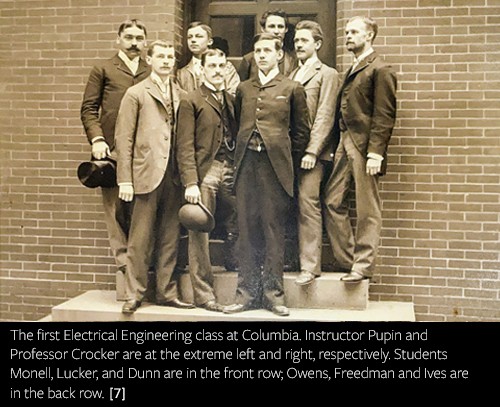
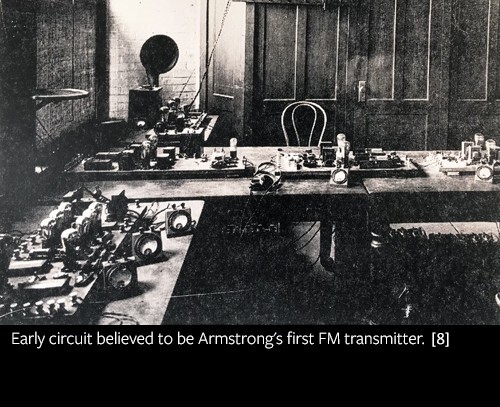
In 1897, Columbia moved to Morningside Heights, and Pupin set up his storied laboratory, the Marcellus Hartley Laboratory, in the basement of Philosophy Hall, where he oversaw the development of lasting contributions to electrical engineering (see below). It was there that Edwin Howard Armstrong did most of his work, including developing a receiver and a transmitter that gave birth to FM radio.
Later, as our department grew, it took advantage of its historically excellent relations with the industry. This includes relations with the famed Bell Laboratories, which hired many Columbia alumni and faculty, and from which Columbia recruited faculty members, such as Sergei A. Schelkunoff, well-known for fundamental work on electromagnetic theory, William R. Bennett, a key contributor to communications theory, and Harvey Fletcher, a pioneer in acoustics.
Columbia and Electrical Power
Of the two founding faculty members, Crocker was the perfect choice to bring Columbia's electrical engineering department into the practical work of electrical industry: prior to coming to Columbia, he had founded the Crocker-Wheeler Electric Motor Company, an early leader in electric machinery. After joining Columbia, Crocker had a lasting influence in the industry. According to Thomas Edison, Crocker was “one of the leading electrical engineers of the world, to whom electrical industry in general owed a great debt of gratitude”.
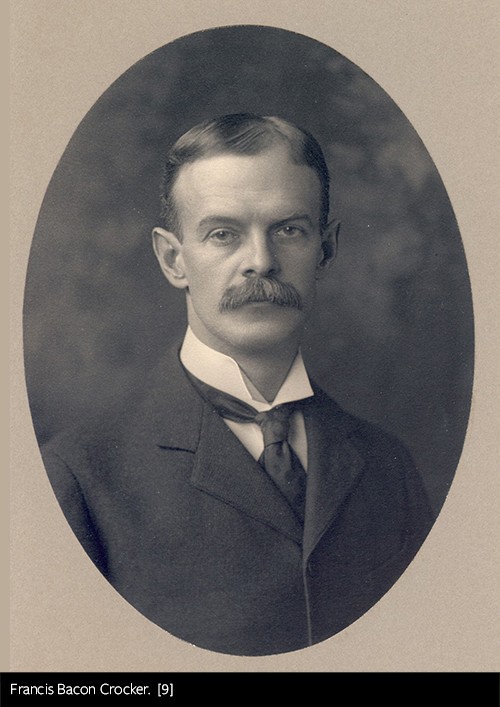
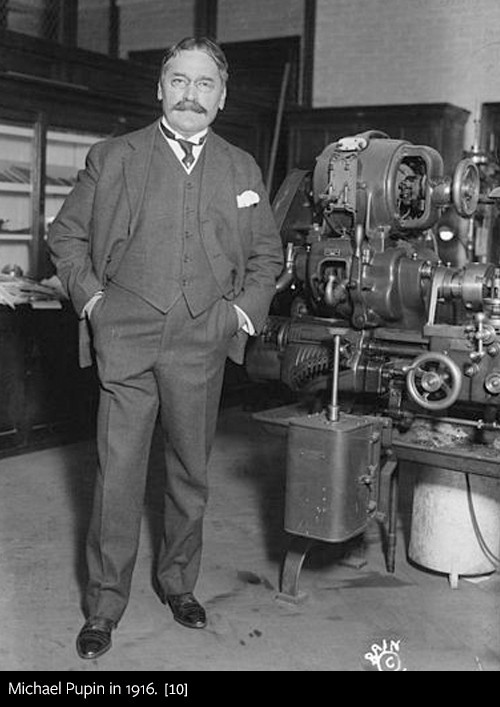
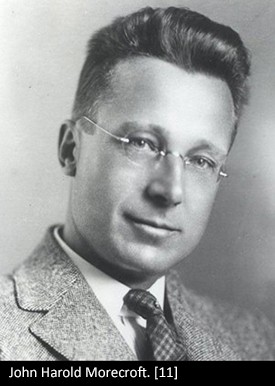
Columbia and Telecommunications
Columbia’s contributions to telecommunications go back to the work of Michael Idvorsky Pupin, whose work on inductively loaded transmission lines in the late nineteenth century made long-distance telephone communications possible. Several of Pupin’s students became influential in telecommunications, including John Harold Morecroft, who in 1921 published his ground-breaking book, Principles of Radio Communications. The book influenced several generations of engineers, and has been recently re-printed. But the most influential of Pupin’s students was Edwin Howard Armstrong, who started at Columbia as a student and stayed as a faculty member.
Armstrong completely revolutionized radio communications. He is credited with five epoch-making inventions: the regenerative receiver, invented while he was still an undergraduate; the super-regenerative and super- heterodyne receivers; wideband FM radio; and FM multiplexing. His contributions continue to influence radio communications to this day; for example, super-heterodyne receivers in one form or another are to be found in all cellular phones.
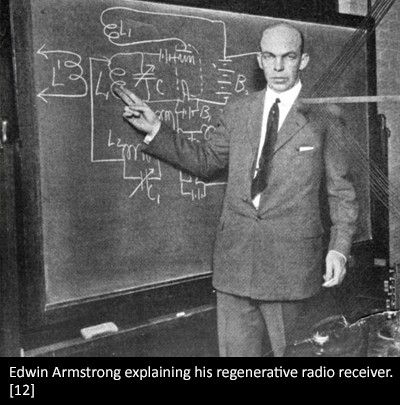
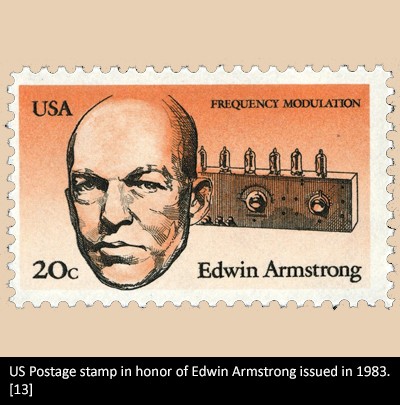
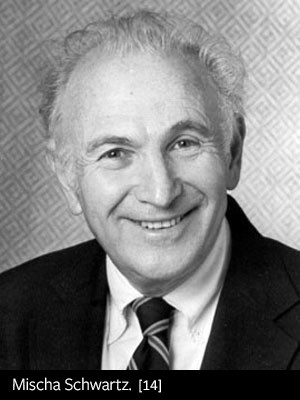
Armstrong's life was typical of that of a driven genius. He worked intensely and won many awards and honorary degrees throughout his life. For his contributions to the U.S. WWI effort he was promoted to the rank of Major, and he was honored by both the American and French governments.
In 1974 our department recruited Mischa Schwartz, a telecommunications expert who was already well-known, not least for his ground-breaking book, Information Transmission, Modulation, and Noise. Schwartz later went on to found Columbia's Center for Telecommunications Research.
Our Department During The Two World Wars
Under the leadership of Walter Slichter, who chaired the department from 1910-1941, Columbia engineers played a key role in giving the US an edge in radio communications and electrical technology during the two world wars. A core group of faculty led the way, including Slichter, Morton Arendt, John H. Morecroft and the legendary Edwin Armstrong. Read more about the department during WWI and WWII.
During WWII, Columbia established its Hudson Laboratories, funded by the Navy, one of the top ten contract research centers in the nation. It reached a personnel of about 380. It was later absorbed by the Naval Research Laboratories. Also during WWII, Columbia operated its Radiation Laboratory, in parallel with the larger labs under the same name at MIT and Harvard.
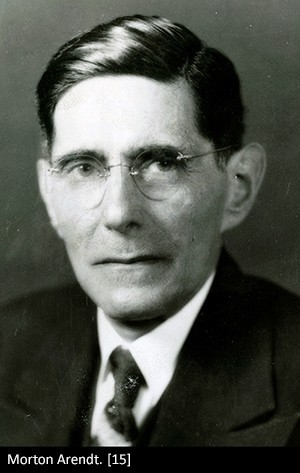
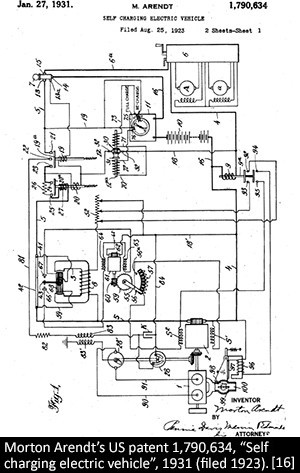
Hybrid Buses a Century Ago
Morton Arendt, a faculty member at Columbia and a US Navy commander during WWI, transferred the idea of hybrid undersea vehicles to buses; he reasoned that although an internal combustion engine would be used on level ground, a battery-operated electrical motor would beneficially take over when going uphill; he made provisions to have the battery charged by the internal combustion engine. He patented the system (US patents 1,790,634 and 2,078,362), and in 1924 convinced New York City to try it in a municipal bus [17]. They did try it, but rejected it due to the weight and size of the batteries and the maintenance requirements involved. Arendt would be proud to see his ideas incorporated in today’s New York City buses.
Columbia’s Golden Era of Systems and Control Theory
The 1950s and '60s ushered in an era of explosive growth, with a strong surge of graduate instruction and doctoral research. For the first time, Columbia students could earn a PhD in engineering science, and many went on to become leaders in their field. Among them was John R. Ragazzini, who joined the faculty in 1941 and led the research effort that resulted in ground- breaking contributions in Systems and Control.
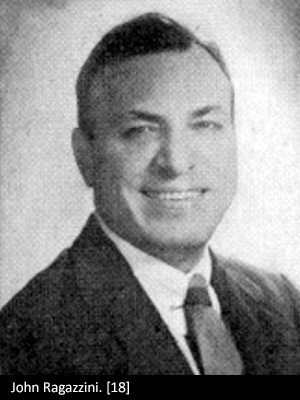
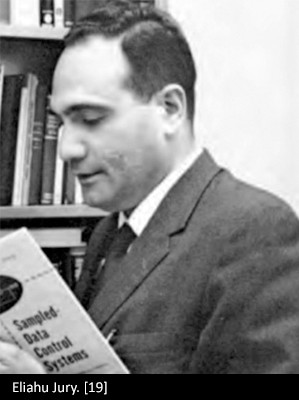
Among those involved in this effort were Gene Franklin, Bernard Friedland, Eliahu I. Jury, Rudolph Kalman, James Mulligan, Ralph J. Schwarz, and Lotfi A. Zadeh. Due largely to their efforts, this period became known as a golden age of activities in systems and control. Today, when students analyze discrete-time systems using the z-transform, they are often unaware of Jury’s ground-breaking work in this field.
Kalman, today widely known for “Kalman filtering”, introduced key state-space concepts while at Columbia. Zadeh, today widely known as the father of fuzzy logic, originated a widely used approach to the analysis of time-varying systems while at Columbia. Read more about the golden era of systems and control.
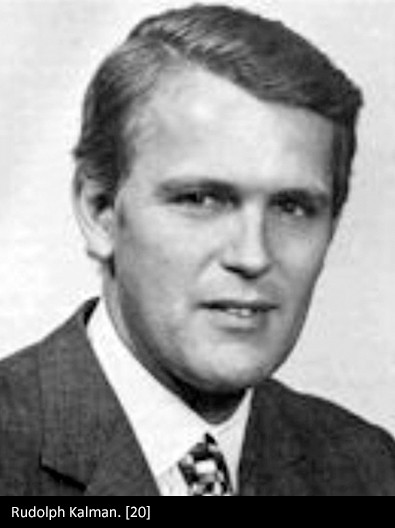
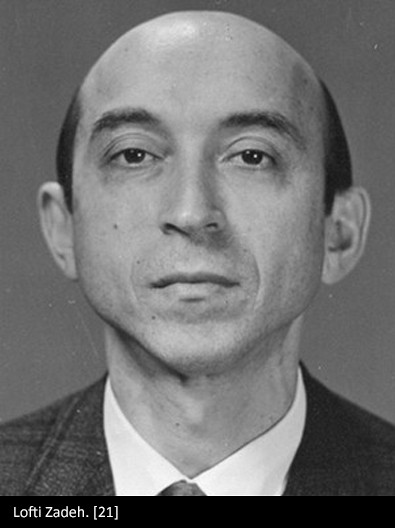
Columbia and Circuits
Columbia’s major contributions to circuits notably include the telecommunication circuits devised by Armstrong, discussed above. But there are other very significant contributions to circuits by Columbia.
If you have taken a course in circuits, you have no doubt encountered the “op amp” – short for operational amplifier, widely recognized as “the workhorse of analog electronics”. Columbia has played a key role in the development and applications of the op amp. In fact, the first differential op amp, and even the name “operational amplifier”, originated at Columbia. The group headed by Ragazzini was behind these developments, which took place mostly during, and shortly after, WWII. The main impetus for this work was the need to make possible high-performance “gun directors”; op amps were key components in analog computers that were used for this purpose.
Also in the circuits field, we find well-known theories and techniques named after Columbia graduates (not all in EE). We mention as examples Edward Lawry Norton (MA, 1925), whose theorem, known as “Norton theorem”, we learn in basic circuits courses; Sidney Darlington (PhD, 1940), whose name is attached to filter synthesis techniques and special transistor circuits; and Hendrick Wade Bode (PhD, 1935), who did fundamental work on feedback circuits, and proposed the ubiquitous frequency response plots we now know as Bode plots. Omar Wing, former chair of our department, was instrumental in introducing the signal flow graph approach to the analysis and design of electrical filters.
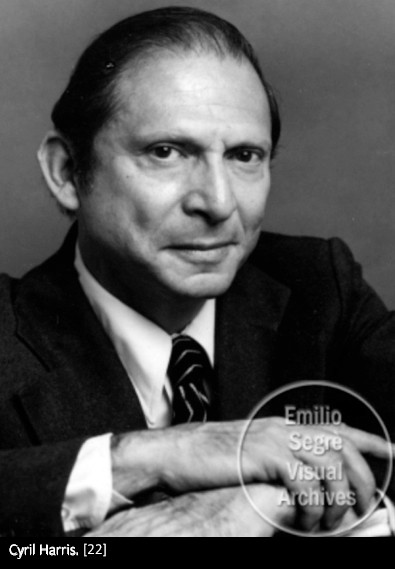
Columbia and Sound
In 1949, our department hired Harvey Fletcher, who was acclaimed for his work at Bell Laboratories on several aspects of speech, high- fidelity recording, stereo sound, and hearing measurements; the well-known Fletcher- Munson curves, which describe human hearing sensitivity and loudness perception, bear his name. In 1952 Fletcher hired Cyril Harris who, while at Columbia, became world-famous for his work on architectural acoustics, including in such venues as the John F. Kennedy Center for the Performing Arts and the Avery Fischer Hall at Lincoln Center. The latter in fact was infamous for its poor acoustics until Harris was asked to save the show; he accepted, and went on to convert it to one of the premier concert halls, now famous for its acoustics [23,24].
Robert Moog, a Columbia EE MS alumnus, is considered the father of electronic music synthesizers, with the first of his machines developed in 1964; “the Moog” has been used by many popular music performers, and has been instrumental in spreading electronic music.
Columbia and Computer Engineering
Data entry for computers has its origins in the pioneering work of Herman Hollerith, who invented the punched card system, described in his Columbia doctoral thesis in 1890. This system was extensively used for automating the handling of statistical data – the Big Data of the time.
Hollerith founded the Tabulating Machine Company in 1896; the company merged with three other companies to form the company later known as IBM. Hollerith is considered by some “the father of modern automatic computation [4].”
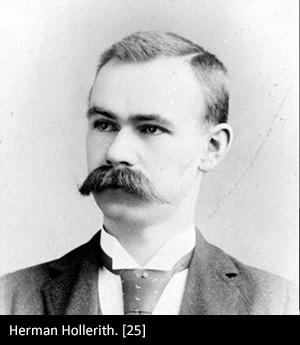
Columbia’s Statistical Bureau, with mechanized computing equipment built for it by IBM, was founded in 1929. This marked IBM’s entry into the world of computing, and led to IBM’s early commercial machines, marketed using the Columbia name.
Near the end of WWII, IBM helped establish the Watson Scientific Computing Lab at Columbia. Their staff taught the first ever Computer Science courses that were fully integrated into a university curriculum.
Several of our graduates went on to do important work in academia and industry. Among them is Lynn Conway (BS 1962, MSEE 1963), known for the Mead-Conway VLSI design style. With emphasis on design automation and the "silicon foundry" approach, this was instrumental in spreading VLSI design techniques to universities and the industry in the 1980s.
With the growth of digital computing, our department was renamed Department of Electrical Engineering and Computer Science in 1968. It reverted to its original name in 1979 when the University created a new department of computer science.
Columbia and the IEEE
In the early days of the department, New York City was the epicenter of vibrant activity in electrical engineering. The beginnings of the field’s professional associations can largely be traced to the City, and to Columbia in particular. The Society of Wireless Telegraph Engineers was founded by former Columbia student John Stone Stone, head of the Stone Telegraph and Telephone Company, and a pioneer in circuit tuning, in 1907; this merged with another association co-founded by another Columbian, Alfred N. Goldsmith, who had obtained his Columbia PhD under Pupin, to form the Institute of Radio Engineers (IRE). The foundational meeting took place in Columbia’s Fayerweather Hall on May 14, 1912. IRE became a leading technical society; it merged with the American Institute of Electrical Engineers (AIEE), founded in 1884, to form the Institute of Electrical and Electronic Engineers (IEEE) in 1963 [2].
Several Columbia people played a key role in the early days of the above societies. Thus, Columbia Electrical Engineering founding faculty member Francis Bacon Crocker was an early AIEE president, and spearheaded the effort for the creation of technical standards, which led to today’s venerable IEEE Standards. Alfred N. Goldsmith, who had obtained his Columbia PhD under Pupin, was the first editor of the highly respected IRE Proceedings, which earned a reputation for accuracy; he remained the editor of the Proceedings for 42 years. The first issue appeared in 1913. With the founding of the IEEE, the publication changed its name to The Proceedings of the IEEE [2].
Other Columbia notables in the professional associations were Michael Pupin, Gano Dunn, Cyprien Mailloux, and Arthur V. Loughren, all four of whom became AIEE presidents, John Harold Morecroft, who became IRE president, and James H. Mulligan Jr., who became IEEE president.
Perhaps telling is the fact that at least four IEEE awards are named after Columbia faculty or alumni, including the IEEE James H. Mulligan Jr. Education Medal [26], the Lotfi A. Zadeh Pioneer Award of the IEEE Systems, Man and Cybernetics Society [27], the Alfred N. Goldsmith Award for Outstanding Achievement in Engineering Communication of the IEEE Professional Communication Society [28], and the William R. Bennett Prize of the IEEE Communications Society [29]. Other awards named in honor of Columbia faculty or alumni include the John R.Ragazzini Education Award from the American Automatic Control Council [30].
Needless to say, Columbia faculty and alumni have received numerous IEEE and other awards. Fittingly, these include the National Medal of Science for Engineering Science in 2008, given to Rudolf Kalman.
Teaching and Writing
Besides a rich legacy of technological innovations, faculty members and alumni have published more than 70 textbooks, notably including the early standard by John Harold Morecroft, Principles of Radio Communications, books on Electromagnetics by Sergei A. Schelkunoff, on Communications Theory by W. R. Bennett, by Jacob Millmann on Electronics, and by Mischa Schwartz on Communications. Together, Jacob Millman and Mischa Schwartz have a combined total of 16 best-selling texts. Their work and that of other Columbia faculty has been translated into many foreign languages.
The 1970s: the Modern Era Emerges
The transistor, digital electronics, and computers were rapidly enlarging the universe of the electrical engineer in the 1970s. While Columbia had become known in the previous two decades for its theoretical contributions, the '70s saw a return to experimental aspects of electrical engineering, including research in solid state devices, plasma physics, millimeter waves and integrated circuits. As this history site only covers the era until 1975, we refer the reader to the websites of the several laboratories in our department, for more extensive information on recent accomplishments.
A Fitting Recognition
In 1984, the centennial year of the Institute of Electrical and Electronics Engineers, a poll of the profession was taken by IEEE Spectrum to select the top 10 technical contributors, industrial leaders and educators for a centennial hall of fame. Of the ten all-time top educators, three of them – more than from any other institution – were Columbia faculty: Pupin, Millman and Schwartz. And appearing in the list of ten all-time top technical contributors – in a tie with William B. Shockley, the co-inventor of the transistor – was Edwin Howard Armstrong [31].
Sources
[1] Image credit: University Archives, Rare Book & Manuscript Library, Columbia University Libraries.
[2] A. M. McMahon, The Making of a Profession: A Century of Electrical Engineering in America, IEEE Press, 1984.
[3] “Looking back”, IEEE New York Section’s Monitor, p. 17, 1995.
[4] R. McCaughey, A Lever Long Enough: A History of Columbia's School of Engineering and Applied Science Since 1864, Columbia University Press, 2014.
[5] Electrical Engineering at Columbia – The First 100 Years, Commemorative Publication, Department of Electrical Engineering, Columbia University, May 1992.
[6-10] Image credit: University Archives, Rare Book & Manuscript Library, Columbia University Libraries.
[11] Image credit: Engineering and Technology History Wiki (https://ethw.org/File:2203_-_morecroft.jpg). Accessed 7/2/2021
[12] Image credit: Wikipedia (https://en.wikipedia.org/wiki/Edwin_Howard_Armstrong#/media/File:Edwin_Armstrong_ at_blackboard.jpg). Accessed 7/4/21.
[13] Image credit: http://www.jgiesen.de/briefmarken/armstrong_1.html. Accessed 7/4/21.
[14-15] Image credit: University Archives, Rare Book & Manuscript Library, Columbia University Libraries.
[16] Image credit: United States Patent and Trademark Office.
[17] IEEE Spectrum, April 2003.
[18] Image credit: Wikipedia (https://en.wikipedia.org/wiki/John_R._Ragazzini). Accessed 7/4/21.
[19] Image credit: American Automatic Control Council (https://a2c2.org/awards/richard-e-bellman-control-heritage-award/1993-01-01t000000/eliahu-i-jury). Accessed 7/4/21.
[20] Image credit: Engineering and Technology History Wiki (https://ethw.org/File:Kalman.jpg). Accessed 7/4/2021.
[21] Image credit: University Archives, Rare Book & Manuscript Library, Columbia University Libraries.
[22] Image credit: American Institute of Physics (https://photos.aip.org/history-programs/niels-bohr-library/photos/harris-cyril-a3). Accessed 7/4/21.
[23] American Institute of Physics, Oral History Interviews, Interview with Cyril Harris, https://www.aip.org/history-programs/niels-bohr-library/oral-histories/31674.
[24] Cyril Harris obituary, The New York Times, January 8, 2011.
[25] Image credit: Wikipedia (https://en.wikipedia.org/wiki/Herman_Hollerith). Accessed 7/4/21.
[26] https://www.ieee.org/about/awards/medals/education.html
[27] http://www.ieeesmc.org/about-smcs/awards/lotfi-a-zadeh-pioneer-award
[28] https://procomm.ieee.org/awards/#goldsmith
[29] https://www.comsoc.org/about/awards/paper-awards/ieee-communications-society-william-r-bennett-prize
[30] http://a2c2.org/awards/john-r-ragazzini-education-award
[31] Centennial Hall of Fame, IEEE Spectrum, April 1984, pp. 64-66.